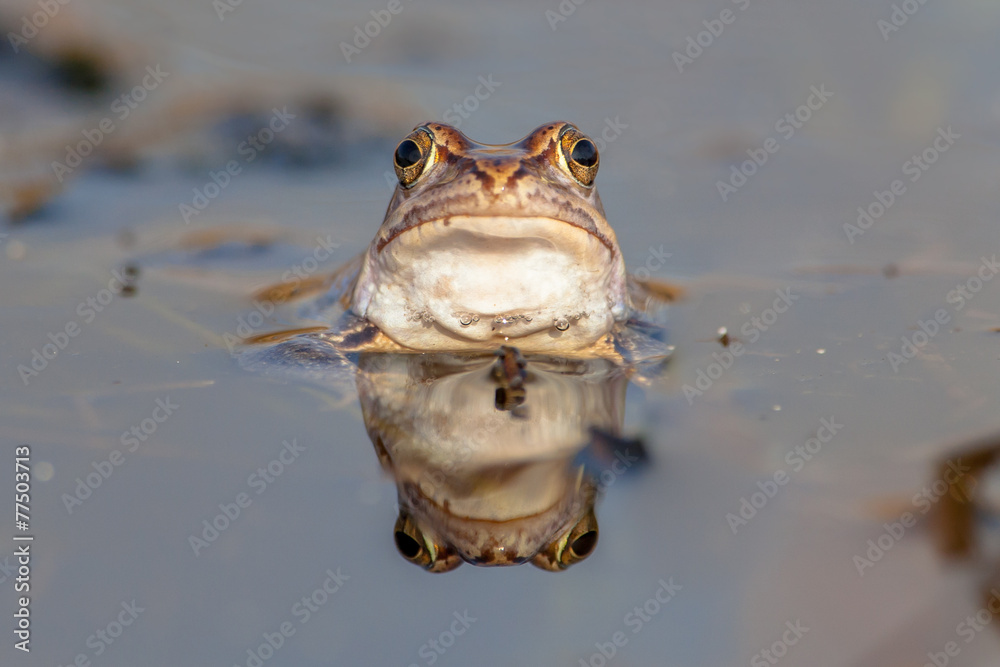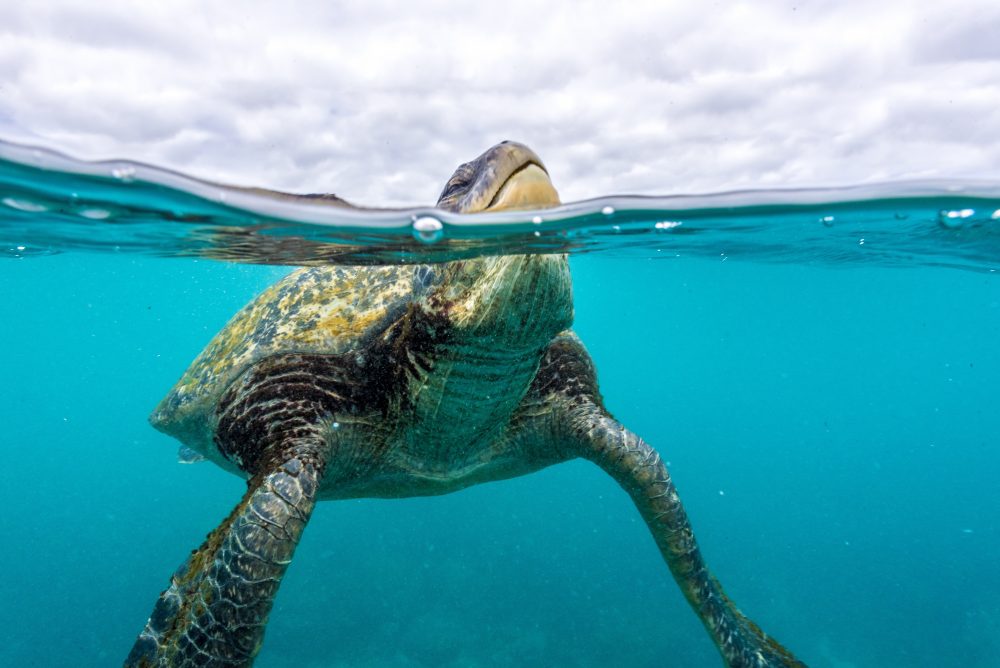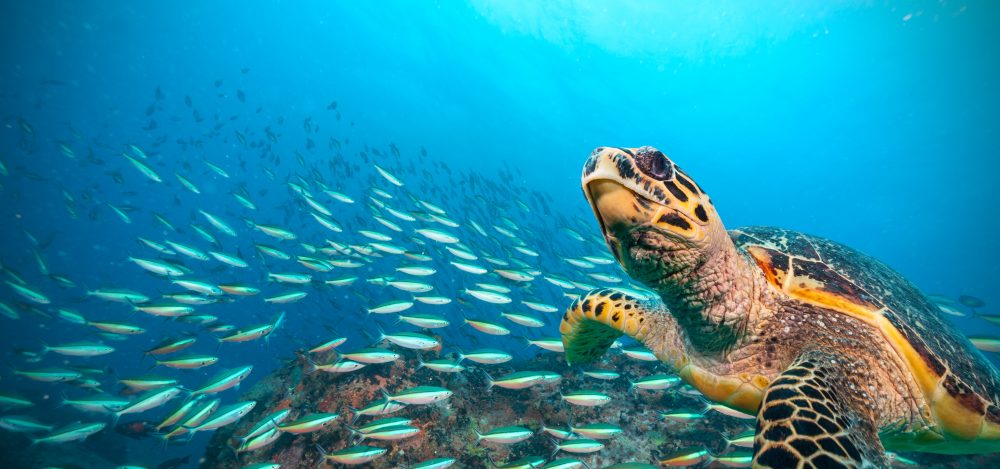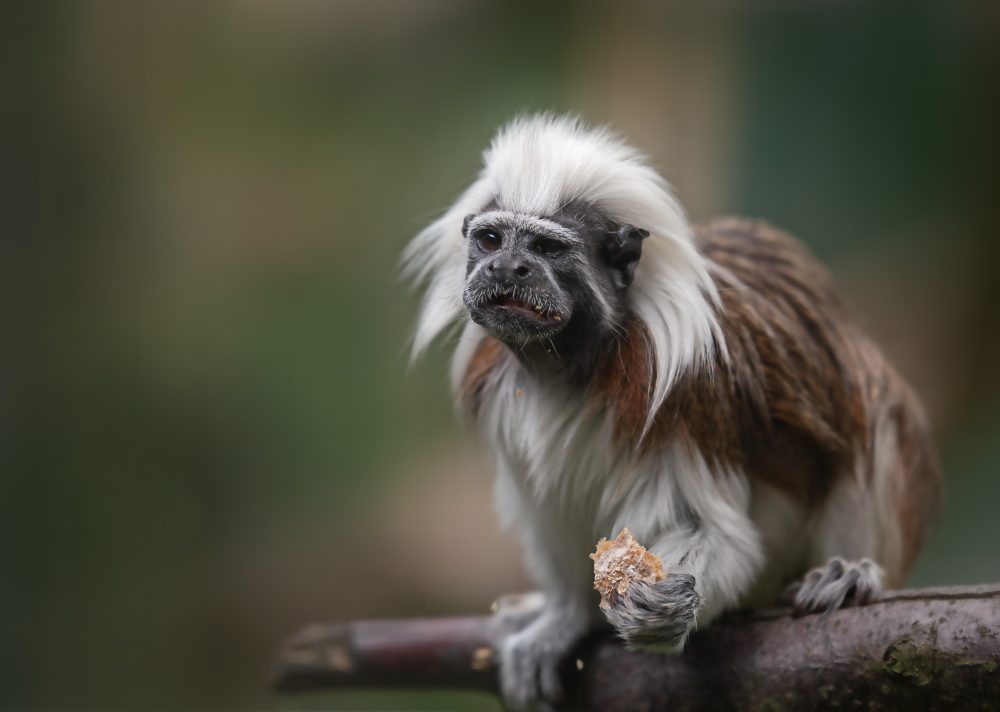
Evolved or Engineered? A Geneticist Evaluates the Panda’s Thumb
In 1980, influential paleontologist and evolutionary biologist Stephen Jay Gould wrote that “we can know that evolution has happened by the imperfections and oddities that life shows.” But is that true? And what if we take a closer look at those assumed evolutionary oddities and see instead evidence of engineered elegance? On this ID The Future, host Andrew McDiarmid welcomes retired geneticist Dr. Wolf-Ekkehard Lönnig to the podcast to discuss his new paper reviewing the debate over the panda’s thumb. Giant pandas have an elongated wrist bone, the radial sesamoid, that allows them to handle and eat bamboo with great dexterity. Some claim it’s an imperfectly and inefficiently formed structure that is clear evidence of evolutionary processes at work. Others Read More ›








